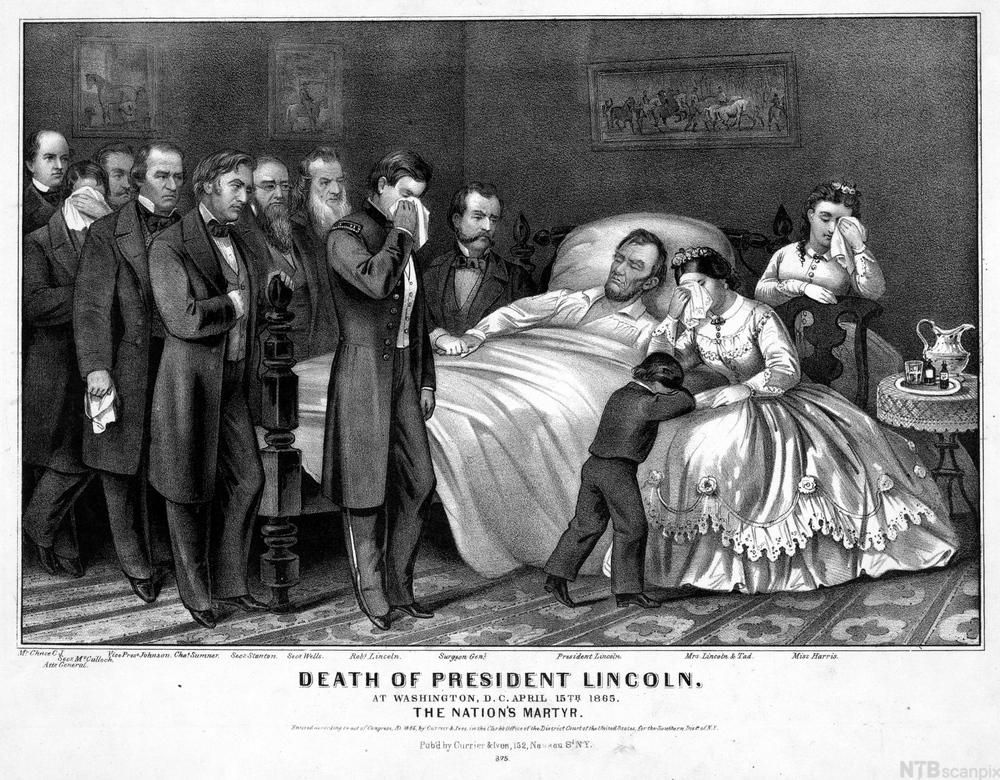
Vocabulary
reinforcements, volunteer, commit, consume, decade, depression, invested, legislation, involvement, isolationism, trenches, decent, prosperity, urbanization, doctrine, expansionism, influence, enfringe, codify, innovation, asset, intermarriage
Reconstruction and Jim Crow
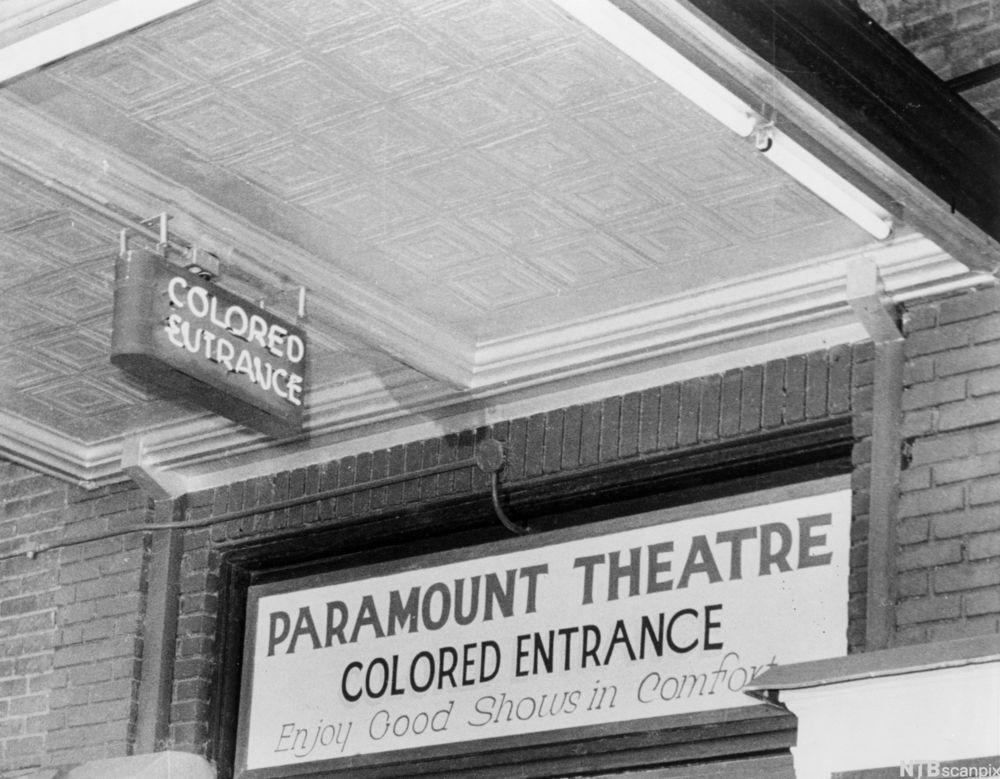
Having won the war, the North occupied the South and installed their own politicians. In this period, the US passed the so-called Reconstruction Amendments. The 13th Amendment (1865) abolished slavery, the 14th Amendment (1868) made every man born in the US an American citizen, and the 15th Amendment (1870) gave all free men the right to vote. In 1877 the Reconstruction and the occupation of the South formally ended.
After the American Civil War, most states in the South passed laws requiring the separation of whites from “persons of color” in public transportation and schools. These laws enforced racial segregation. The segregation principle was extended to parks, cemeteries, theatres, and restaurants. In many states, intermarriage was prohibited. These laws became known as the Jim Crow laws. They were codified on local and state levels and, most famously, with the “separate but equal” decision of the U.S. Supreme Court in 1898. These laws lasted until the 1960s and the Civil Rights Movement.
Immigration and Industrialization
In 1865, the population in the US was 31 million, but due to a constant surge of immigrants, the population increased rapidly, and by 1920 the population reached 105 million. These new immigrants were very important to the expanding American industry, which needed cheap labor. The immigrants were needed to literally build the nation. Some of the immigrants worked at home in the textile industry; others worked building and maintaining the railroads. But throughout the latter half of the 19th century and the first half of the 20th century, increasingly more immigrants were working in factories.
The big factories were usually located in the cities, which therefore attracted the factory workers. From 1870 to 1920, the number of people living in cities grew from 10 million to 54 million. The United States, traditionally a mainly agrarian society, was rapidly becoming an urbanized society. The industrial workers moved into old, dilapidated buildings, converted warehouses or into purposely built tenements, turning the inner city areas into industrial ghettos. Most factory jobs were both dirty and dangerous, and they yielded very low wages, rendering life in the ghettos very far from the American Dream.
Spanish-American War
Although isolationism had been a cornerstone in US foreign policy, the country became involved in a conflict with Spain due to the latter’s colonial interests. The Spanish-American War (1898) ended Spanish colonial rule in the Americas and the victorious US acquired territories in the western Pacific and Latin America (Cuba, Guam, the Phillippines and Puerto Rico). The United States of America, founded in opposition to the idea of imperialism, was now an imperial power. Whether they wanted it or not, this would give the country not only a determining role in the future affairs of Europe, but a new stake in international politics in general.
World War I
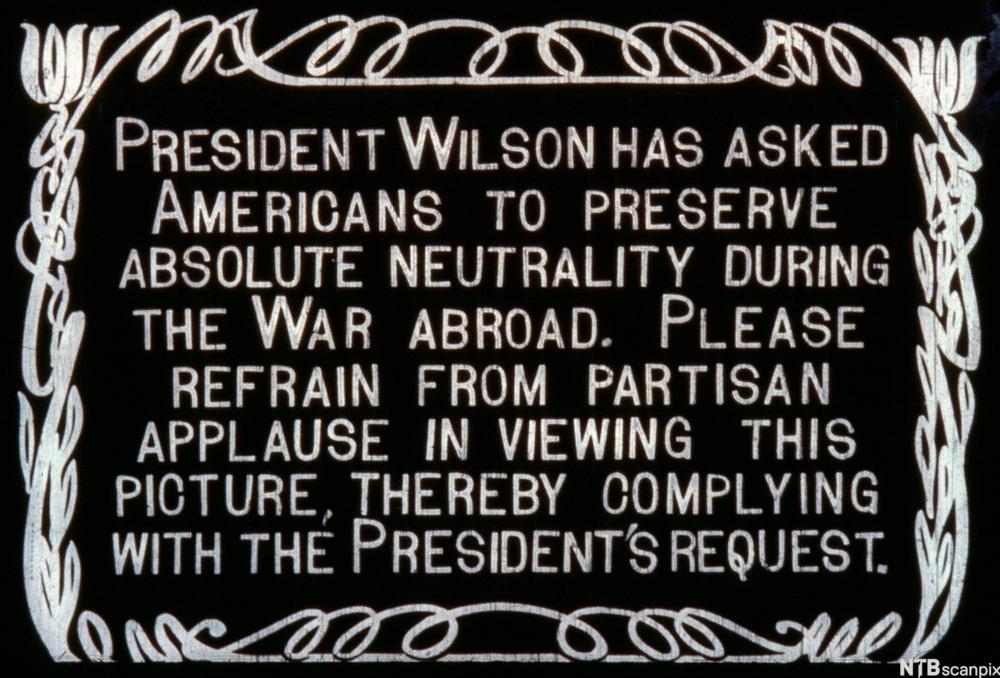
“We will not take sides,” said President Woodrow Wilson when the First World War broke out in 1914, thereby taking an isolationist position in relation to international affairs. However, when German submarines sank the Lusitania, a British passenger ship, killing nearly 2000 passengers, among them 123 Americans, anti-isolationists argued that the US had to take sides. In 1917, the US finally entered the war, very much because of the German submarine warfare, and helped the British break the German submarine blockade. Germany was forced to surrender in 1918, and had to sign a peace treaty in which they accepted the entire blame for the war in addition to impossible financial penalties. The Treaty of Versailles did not bring lasting peace; rather, it became an important cause of the tension that eventually culminated in World War 2.
During the war, foreigners in the US faced hard times, especially Americans of German descent. They were looked upon with suspicion in many American neighborhoods. In 1917, restrictions were imposed upon about 250,000 German-born men residing in the USA. In 1918, the same restrictions were extended to German-born women.
Prosperity, Depression and the New Deal

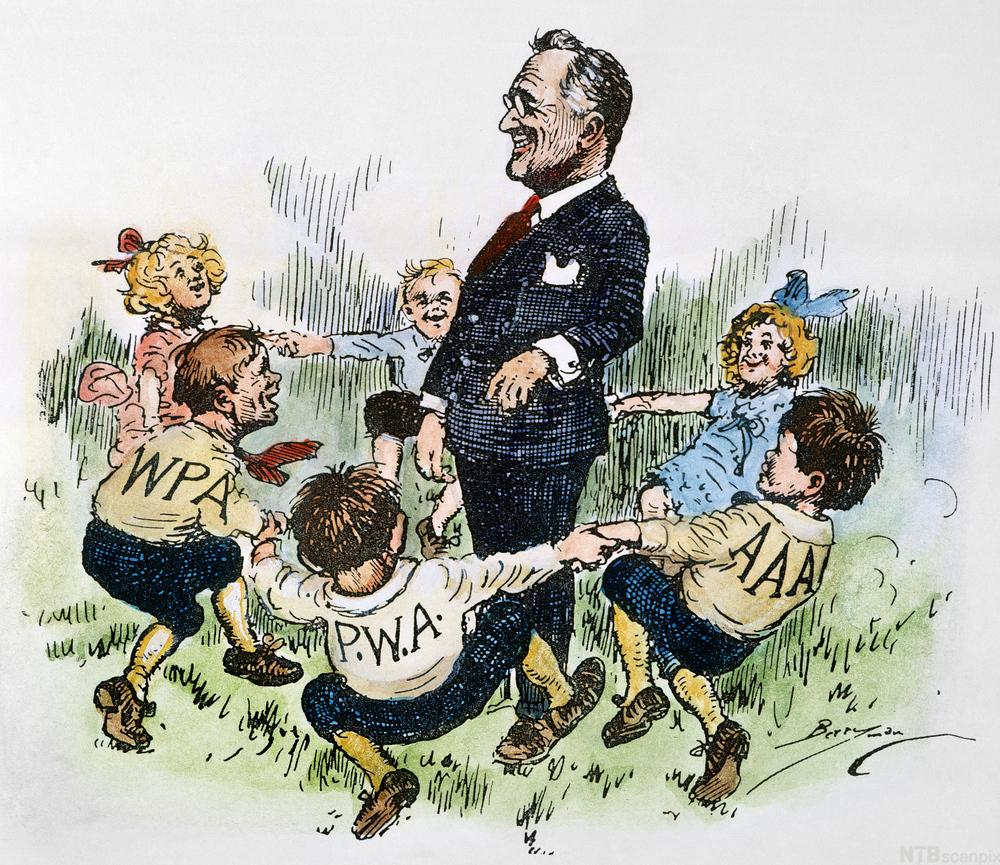
In the 1920s, America experienced a period of economic growth and prosperity. It was a period of further urbanization and industrialization, new technology and unreserved optimism. People had more money and more leisure time than earlier generations. "Prosperity forever" was the slogan.
However, the prosperity did not last forever; it all came to an end in the following decade. With the 1930’s came the Great Depression, both as a result of speculation and the fact that the country produced more than it could consume or export. On "Black Thursday”, October 9, 1929, the Stock Market on Wall Street crashed and billions of stocks were wiped out. Businessmen went bankrupt and many committed suicide. Many people lost every cent of their life savings. The country experienced depression, poverty and starvation. One in four Americans were unemployed.
As in the Scandinavian countries, liquor was prohibited in the 1920s and this lasted until 1933. In the United States, the manufacture and sale of alcohol was prohibited; there was no law against drinking it. Thus, smuggling alcohol became a profitable trade for organized crime. It was in this period the Mafia asserted their influence.
The Great Depression became a turning point in American history. "The best government is that which governs least," had been the accepted motto. Now, however, many people realized that government involvement was necessary, not only to regulate the economy, but to care for its people. Thus, in order to bring the depression to an end, President Franklin D. Roosevelt and the Democratic Party introduced the New Deal. This consisted of a series of economic measures which focused on what historians have later called the "3 Rs": relief, recovery, and reform. It was a progressive, political program that invested in industry and business, giving new life to the economy by regulating both prices and wages. The programs used federal money to provide jobs and immediate help, like rural welfare programs. Many public projects were started, such as road and dam building. This legislation contributed to a rise in employment and an improvement in agriculture. For the first time, the federal government also showed concern for the sick, the old and the unemployed, and the New Deal established a social security system. However, it was not until World War II that the depression was completely over.
World War II
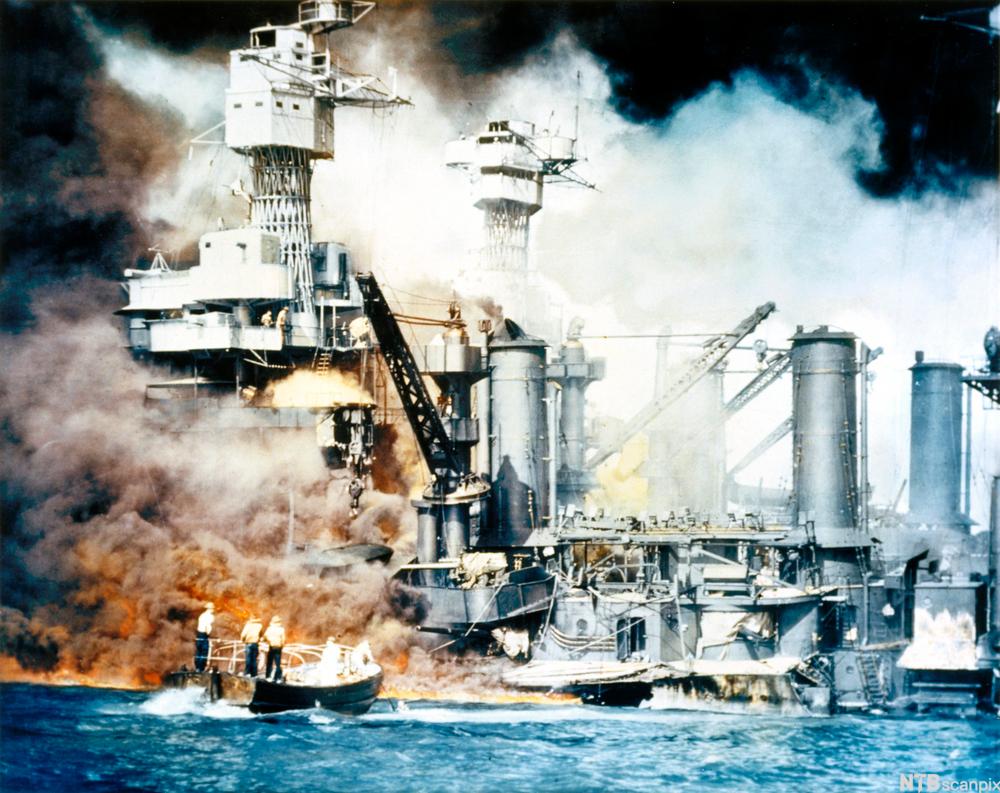
The Japanese attack on Pearl Harbor, an American naval base in Hawaii, on the 7th of December 1941, came as a shock to Americans. As in the First World War, the country had tried to remain outside the conflict in Europe, but the attack on Pearl Harbor made this impossible. By 1943, 65 million Americans were in uniform or worked in the war industry; the economy boomed. At last there were jobs for everyone.
American armies fought both in Europe and Asia, as well as in Africa. The US entered the war on the agreement that defeating Germany would be the main priority of the allied nations. However, they also played an active role in the defeat of Japan.
Although the US was not one of the war arenas, many civilians became victims of the war. For Japanese-Americans in particular, life was very difficult. Most of them were placed in internment camps, suspected of being spies. Their civil freedoms were violated and many were treated with extreme cruelty. In 1990, however, the United States Government apologized to the 60,000 survivors of these camps and their heirs. Each was given $20,000 in reparations. Many German-Americans and Italian-Americans were also interned, but on a much smaller scale.
On the 6th of June 1944, the Allies landed on the beaches in Normandy, and on the 8th of June 1945, Germany surrendered. Japan fought on, however, but the dropping of atomic bombs on Hiroshima and Nagasaki, killing and injuring millions, finally put a brutal stop to the Pacific War. The Japanese surrendered
Video Lecture
Khan Academy has made a video lecture giving an overview of this period. Listen to the lecture and take notes.